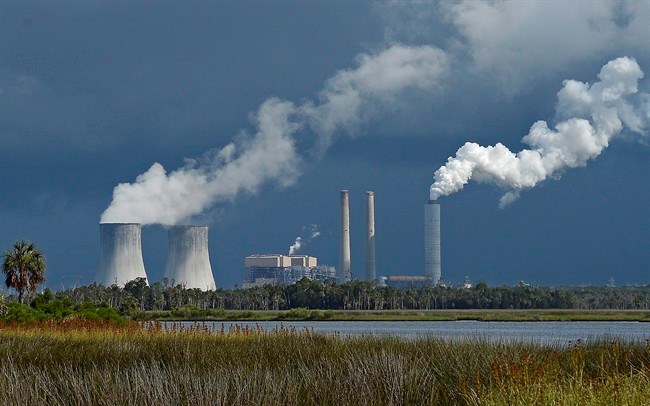Re: “Only viable power is nuclear plants,” letter, March 24.
I support the letter-writer’s comment that renewable energy alone can’t reduce our carbon use enough or in time to avoid climate disaster, and that our political leaders need the courage to promote nuclear power in the discourse.
As many will remember, there was a surge of debate in 2011, following the world’s fifth largest earthquake since 1900 and the resulting tsunami, which had tragic consequences for Japan. Thousands of people drowned, swept away with coastal infrastructure. Hundreds of thousands were displaced and lost livelihoods.
Poorly sited on the coastline, nuclear reactors at Fukushima were damaged and went into meltdown. Perhaps inevitably, given our apparently greater preference for myth than for factual evidence, media emphasis at the time became nuclear safety, despite the far greater impact of the tsunami.
Ironically, before Fukushima, many nations were actively reconsidering the role of nuclear power in their energy mix, as a means to alleviate concerns over climate change, security of supply and price volatility of fossil fuels. Scientific evidence on the nature of safety concerns was being actively reconsidered.
Then suddenly, following Fukushima, western political leadership turned away from nuclear energy. Most notably, European and American leaders abandoned or delayed plans to replace or upgrade their electricity-producing nuclear plants. Paradoxically, some developing countries with little nuclear experience and less preoccupation with perceived safety continued to move ahead with plans to expand generating capacity, with China and India adding about 80 new reactors over two decades.
These political shifts notwithstanding, an Organization for Economic Co-operation and Development report was released in late 2011: Comparing Nuclear Accident Risks with Those From Other Energy Sources. This presented data on accidents causing five or more prompt deaths in the energy industry as a whole from 1969 to 2000, during which 1,870 such severe accidents occurred globally, resulting in 81,258 deaths.
The only severe nuclear accident (Chernobyl) killed 31 plant and emergency workers. Regarding long-range health impacts in areas affected by Chernobyl, one set of OECD estimates projected as many as 33,000 eventual deaths over 70 years. However, if the same underlying assumption of a “linear dose response relationship with no threshold” is applied to the background radiation normally experienced by all people (e.g., solar and terrestrial radiation), the collective dose from natural background radiation would theoretically cause 1,500 times as many fatalities (about 50 million); the validity of the LNT model was called into question.
With nuclear accidents being rare and data on adverse health and safety outcomes limited, the OECD applied a “probabilistic safety analysis” to a Swiss power plant. This showed a one in one-million-year probability of an accident serious enough to cause 2,000 latent fatalities. By contrast, premature deaths caused by inhaling fossil-fuel emissions were estimated at 288,000 per year worldwide. The OECD report concluded: “Overall, accident-related deaths from [nuclear] energy use are much smaller than those that result from the health effects of fossil-fuel emissions, but they attract much more media and public attention.”
Risks are associated with all energy sources, and decisions must be made in every context regarding our choices. Nuclear power is clearly one of the safest and more reliable options to help meet the energy demands of most developed and developing nations. Fossil fuels are by far the most hazardous to human health, and endanger the planet through global warming.
And lest we become too complacent in B.C., even hydroelectricity has serious downsides: The worst energy-related accident in the 30-year OECD review was the Banqiao/Shimantan dam failure in China (about 30,000 people killed in 1975), and of course new opportunities are limited (and do not exist in most parts of the world). The same applies to geothermal power, which is viable in relatively few world regions. Even biofuels, wind and tidal power entail trade-offs such as crops for food versus fuel, esthetic impacts of wind power, disruption of fish migration and bird habitats, and silt buildup with tidal power.
As technologies advance for renewable energy (e.g., solar and wind), no single source will be sufficient to meet society’s need for a balanced and reliable supply.
Franklin White is a public-health scientist whose career focus has been on sustainable solutions for health and social development. He is a recipient of the Medal of Honour from the Pan American Health Organization, Regional Office of the World Health Organization. He lives in Victoria.



